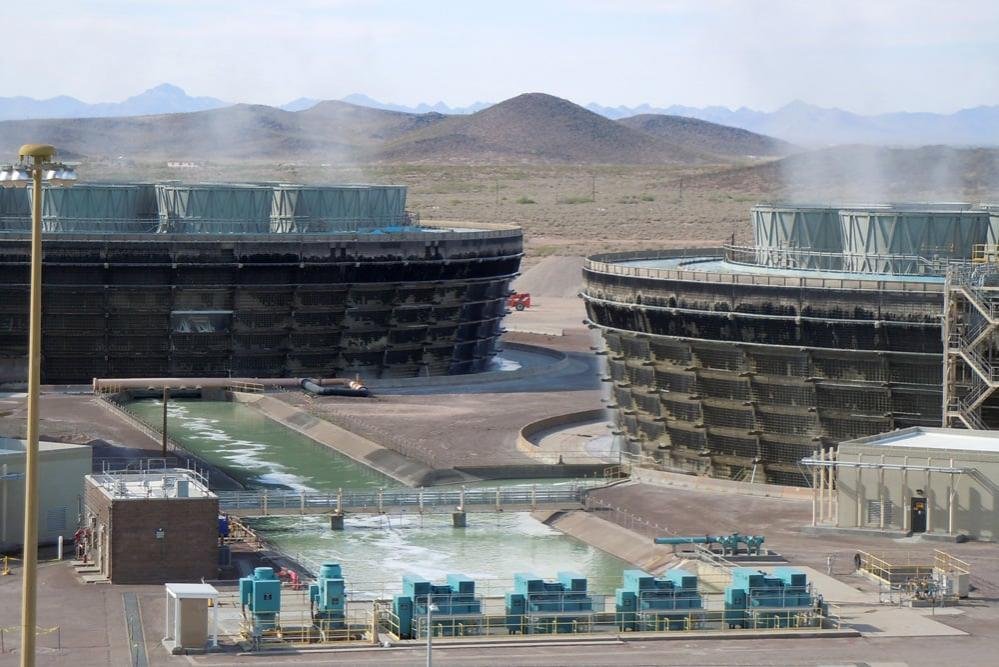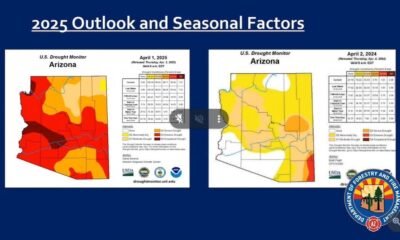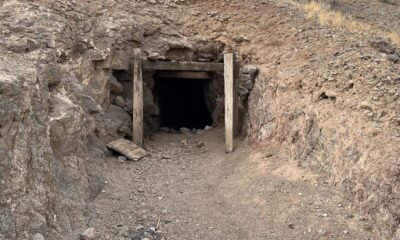Business
TEP Powers Up: Expanding Nuclear Energy Horizons in Arizona

Tucson Electric Power (TEP), along with two other Arizona utilities, announced plans on Wednesday to explore the feasibility of new nuclear power plants in the state, utilizing modern, smaller reactor designs.
The initiative, spearheaded by Arizona Public Service (APS) in partnership with the Salt River Project and TEP, aims to consider “emerging nuclear technologies,” potentially including small modular reactors (SMRs). The companies are evaluating a variety of sites across Arizona, particularly at decommissioned coal plants.
“Nuclear energy is and will continue to be a valuable part of a diverse energy mix, providing reliable and clean energy 24/7,” company representatives stated.
APS President Ted Geisler remarked on the increasing energy demand in Arizona. “To ensure a reliable and affordable electric supply for our customers, we are committed to maintaining a diverse energy mix,” he said. He emphasized the necessity of starting the planning and exploration process now, as new nuclear generation could take over a decade to develop.
Geisler added, “We are partnering with neighboring utilities to assess the feasibility of new nuclear generation alongside other resources to meet the state’s growing energy needs.”
Serving approximately 1.4 million customers across 11 out of Arizona’s 15 counties, APS operates the Palo Verde Generating Station, one of the largest nuclear power plants in the nation. TEP’s president and CEO, Susan Gray, highlighted the potential benefits of new nuclear generation, stating, “It could provide Arizona with reliable, round-the-clock carbon-free energy to power economic growth while helping us progress toward a clean energy future.”
The Biden administration has recently initiated a competitive grant program that could allocate up to $900 million for utilities working on new small modular nuclear reactors. Arizona’s utilities have applied for funding through the U.S. Department of Energy to support the development of what advocates refer to as Generation III+ SMRs.
SMRs are designed to produce 300 megawatts or less, compared to the 1,400 megawatts generated by each reactor at the Palo Verde facility. Notably, one megawatt can power around 160 homes in Arizona.
Third-generation nuclear reactors are being pushed for their smaller, more manageable construction process. According to the World Nuclear Association, SMRs can be built in factories, making them suitable for regions with smaller grids and limited nuclear experience. They are considered to be more reliable and safer than existing designs.
Despite their potential, only one SMR is currently under construction in China. U.S. company TerraPower, founded by Bill Gates, has applied for a permit for a 345-megawatt reactor.
However, skepticism surrounds SMRs regarding their economics and safety compared to larger reactors. Critics also question claims that smaller reactors will produce less nuclear waste, particularly with interest in using SMRs for data centers and cryptocurrency mining.
If the grant is approved, it would support a three-year site selection process and early site permit application to the U.S. Nuclear Regulatory Commission. The proposed funding includes up to $800 million for utilities committed to deploying the first plant and $100 million for addressing industry challenges such as design and licensing.
State officials view the grant as a critical first step in a collaborative effort to evaluate adding sustainable, efficient, and reliable nuclear energy to Arizona’s energy mix. They anticipate making a site decision within a decade, with an operational plant expected in the early 2040s.
The three utilities will continue their cooperation to meet Arizonans’ future energy needs. Nonetheless, it remains uncertain whether the grant process will persist following previous federal funding stallings.


















